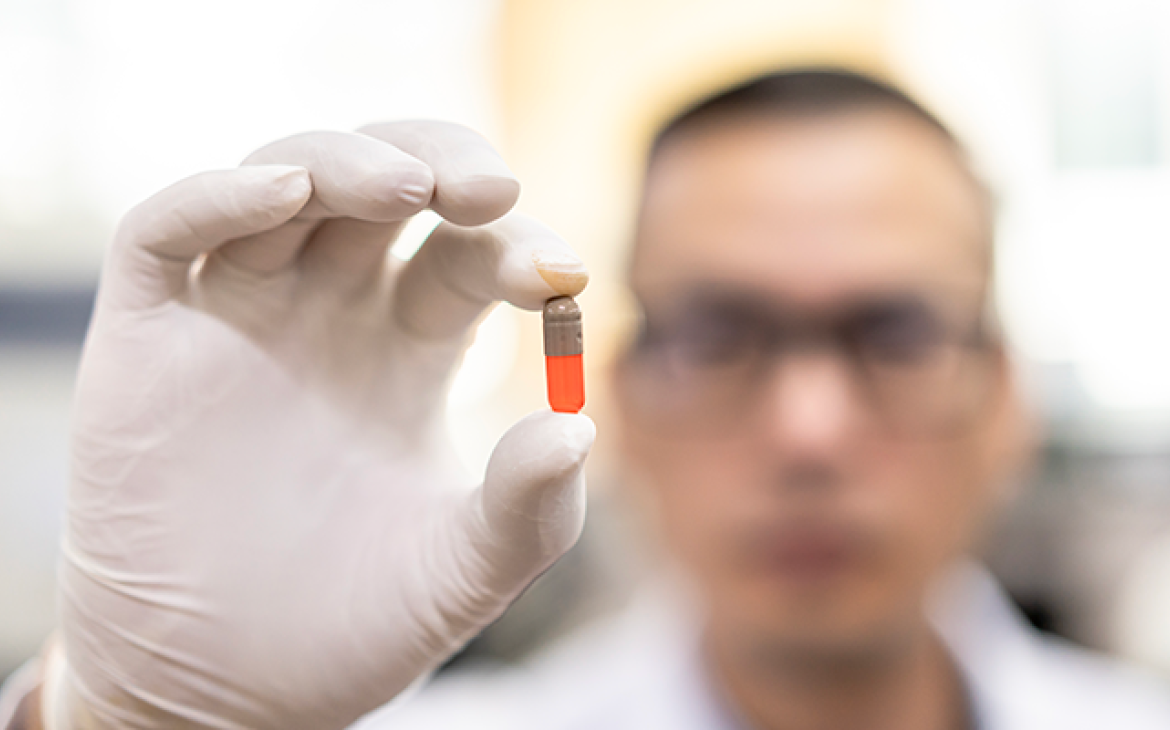
This summer, a wave of regulatory activity on nitrosamines has taken place, with agencies from around the world recently publishing new or revised guidances on nitrosamines. In early August, the FDA published its own highly anticipated new guidance, “Recommended Acceptable Intake Limits for Nitrosamine Drug Substance-Related Impurities (NDSRIs).” In this two-part blog series, we take a look at the FDA’s recent guidance on nitrosamines and what it means for industry.In this two-part blog series, we take a look at the FDA’s recent guidance on nitrosamines and what it means for industry. Read part one.
FDA guidance: Deadlines for manufacturers
The new guidance sets deadlines by which the FDA expects manufacturers to conduct risk assessments and to complete confirmatory testing and reporting changes.
Manufacturers of approved or marketed drug products should, if they have not done so already, evaluate NDSRI risk within three months of the August 4, 2023 publication of the new guidance, with a “recommended completion date” of November 1, 2023. If an NDSRI is detected, confirmatory testing with “sensitive and appropriately validated methods” should start immediately for products at high risk. If NDSRI levels are detected over the AI limit for the CPCA category, then manufacturers should work toward design approaches and control strategies, as appropriate, to bring the NDSRI level for that product to levels at or below the AI limit.
According to the new guidance, confirmatory testing for approved products should be completed by August 1, 2025. By this date, “manufacturers and applicants should ensure that any NDSRIs in their drug products meet the FDA-recommended AI limit.” In this section, the FDA acknowledges the many steps required to meet this timeline, including a root cause investigation, identifying changes that may need to occur at any stage along the supply, formulation, and manufacturing process, and confirming that any proposed changes will minimize the presence of NDSRIs without otherwise adversely affecting drug product quality. However, the FDA may even ask for an expedited risk assessment or other actions from the manufacturer, depending on findings for a particular product. Reformulation of an approved product to bring NDSRI AI to within acceptable limits will likely be considered a major change and will require a prior approval supplement (PAS).
Detection below AI limits
According to the new guidance, NDSRI detection at or below FDA-recommended AI limits for an approved product still triggers a need for the manufacturer to “develop an appropriate control strategy.” Applicants who need to make changes to an approved application should report them to the agency.
Pre-submission and pending applications
For products at the pre-submission stage, applicants should conduct the NDSRI risk assessment and, as appropriate, confirmatory testing before submitting an original application. If assessment and confirmatory testing, along with any changes to the drug master file, are not available at the time of original submission, they may be submitted as an amendment. This should be done “as quickly as possible” to minimize adverse impact on the review timeline.
For applications already pending with the FDA, applicants should finish risk assessment “expeditiously,” and notify the agency of any NDSRI levels above the recommended AI levels, amending the application “as appropriate.” As indicated in FDA’s guidance, the FDA promises to “work with the applicant in an effort to review issues during the review cycle,” citing its intention to adhere to the timelines the agency agreed to in the commitment letters for the latest Prescription Drug User Fee Act (PDUFA VII) and Generic Drug User Fee Amendments (GDUFA III) reauthorizations.
Implications for products already on the market
The FDA guidance instructs that the agency should be contacted immediately if products in distribution are found to have NDSRI levels above the AI limit and when recalls or changes are likely to lead to disruption in the drug supply. The agency will then work on a case-by-case basis to determine whether to temporarily lift the AI limit for a given product. If a manufacturer or applicant wants to propose or justify an alternative AI limit for their product, they should provide the FDA with a “scientifically justified rationale,” and the FDA provides examples of alternative approaches such as working from compound-specific data or data from a suitable surrogate. For mutagenicity testing, the FDA recommends enhanced testing conditions for the Ames test and is investigating other experimental conditions to improve Ames test sensitivity for NDSRIs.
We are continuing to analyze the new guidance from FDA, and we will continue to share information and insights as our understanding continues to unfold. The members of the Nitrosamines Exchange community are actively engaged in discussions about the recent regulatory developments in the and finding the exchange of information, analysis and updates very helpful. If you aren’t already a member, join today – it’s free!
###


